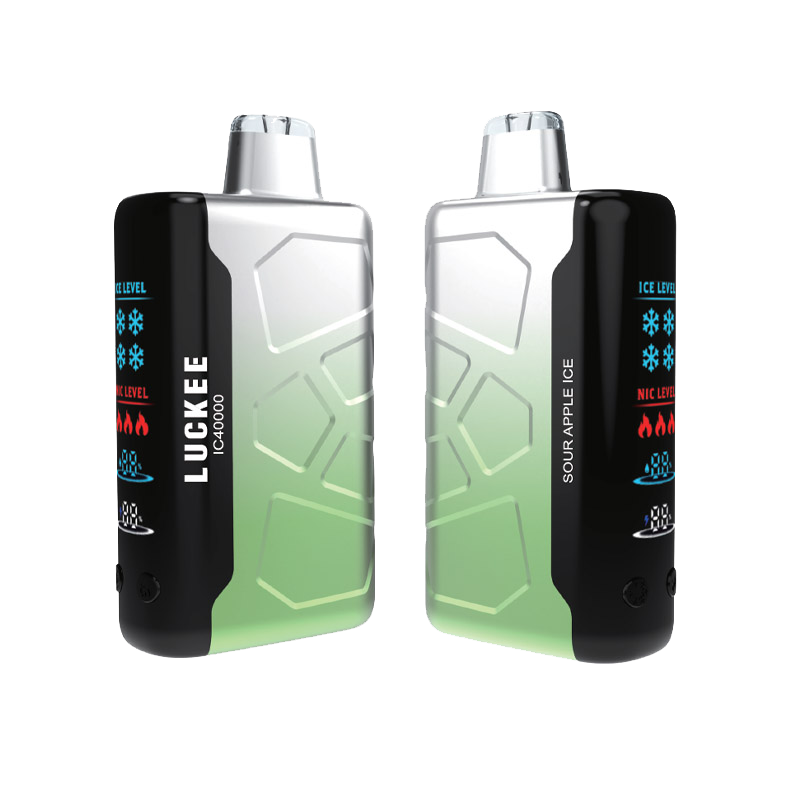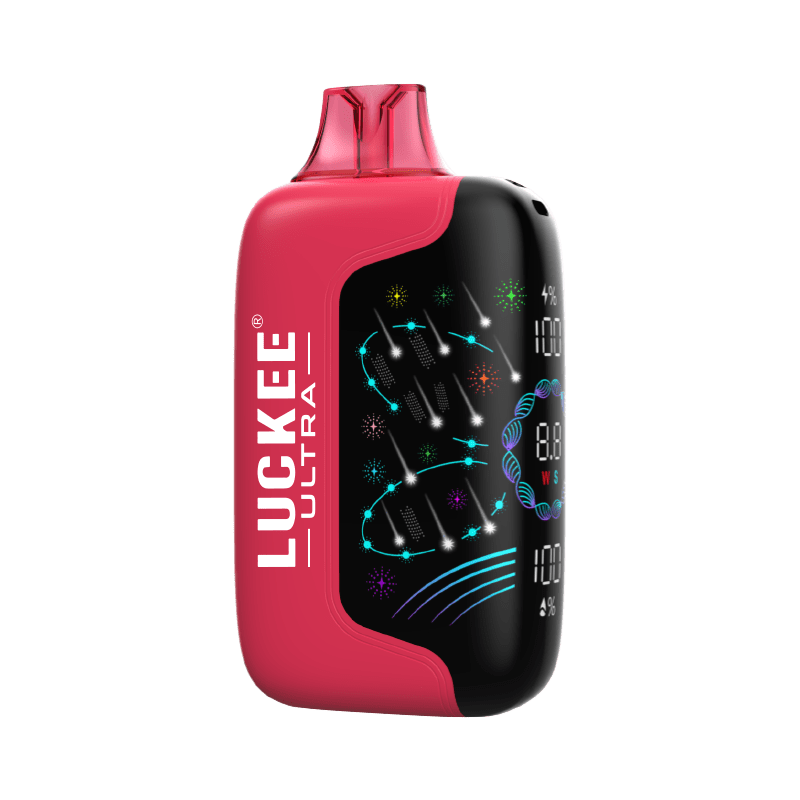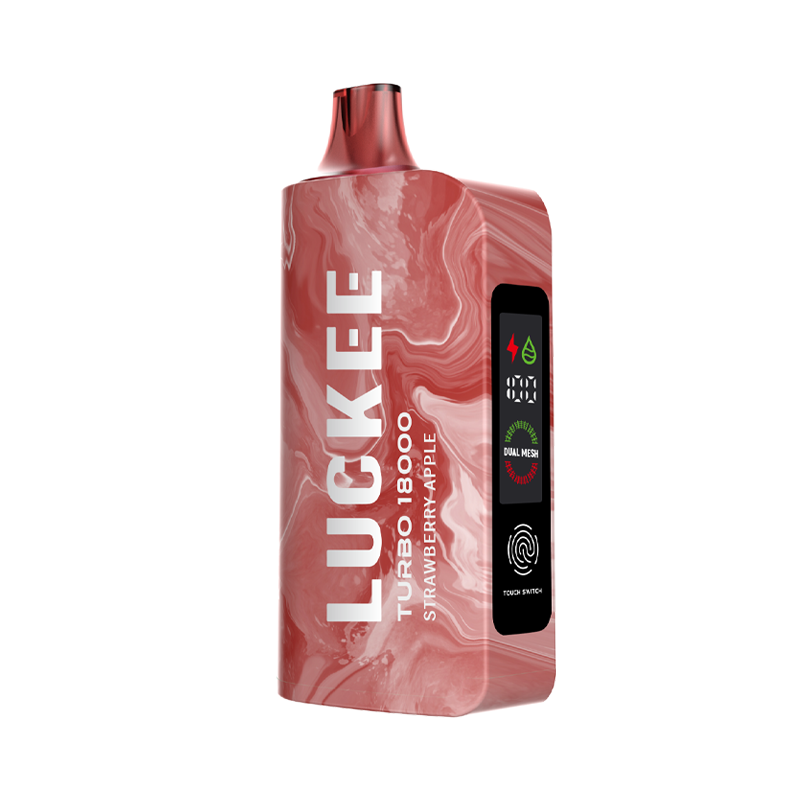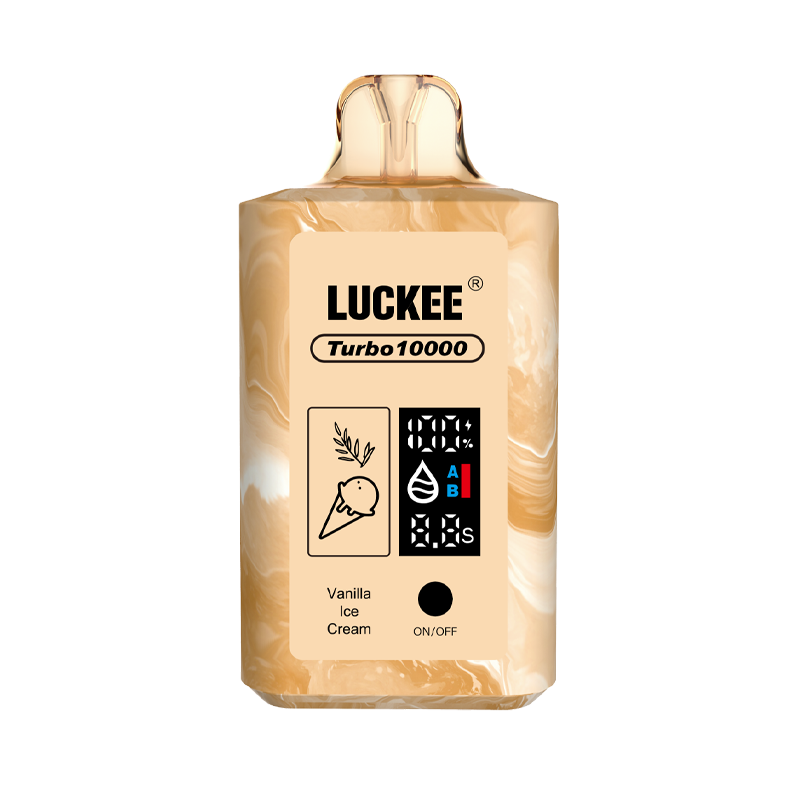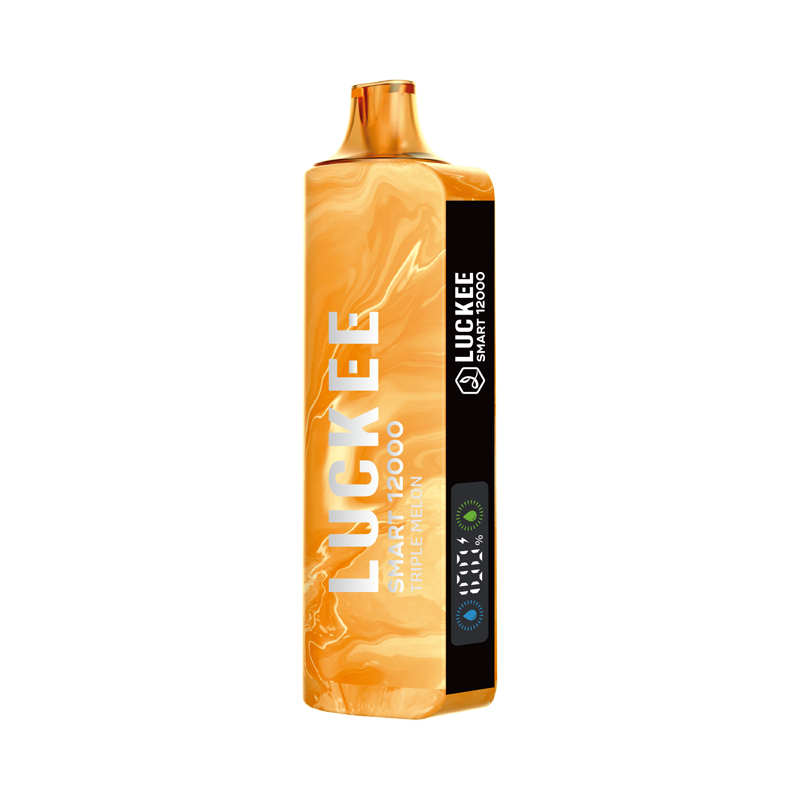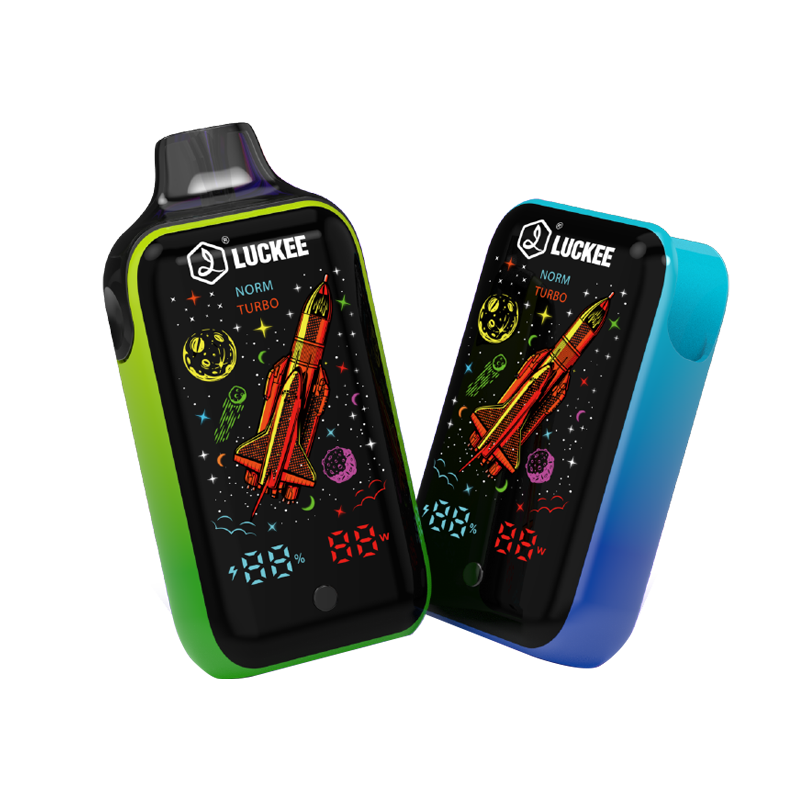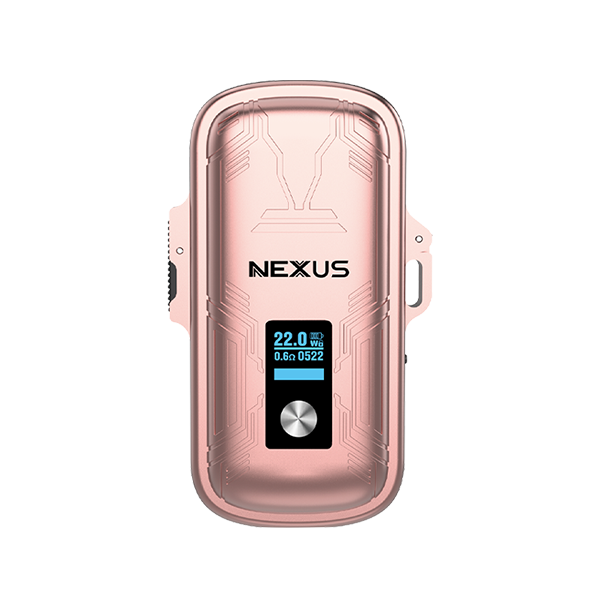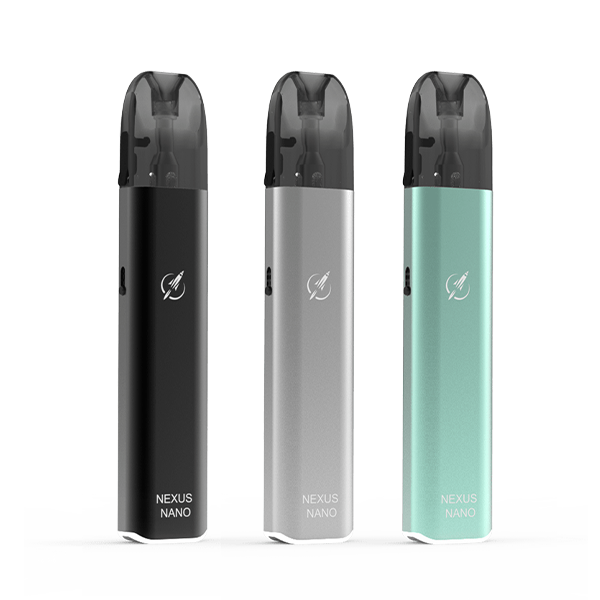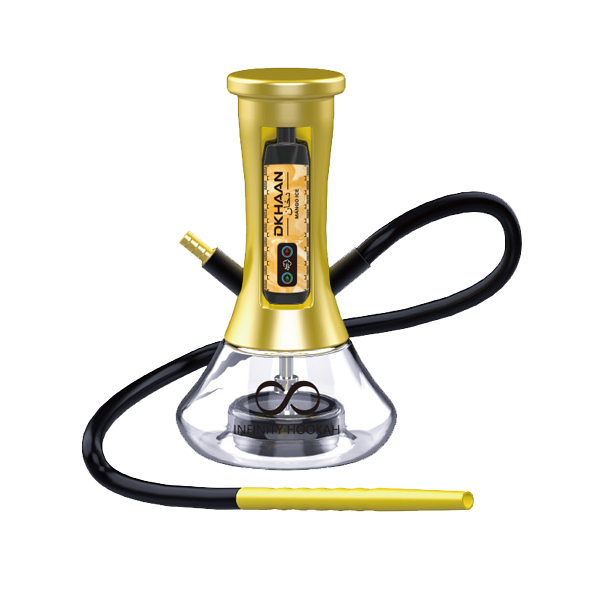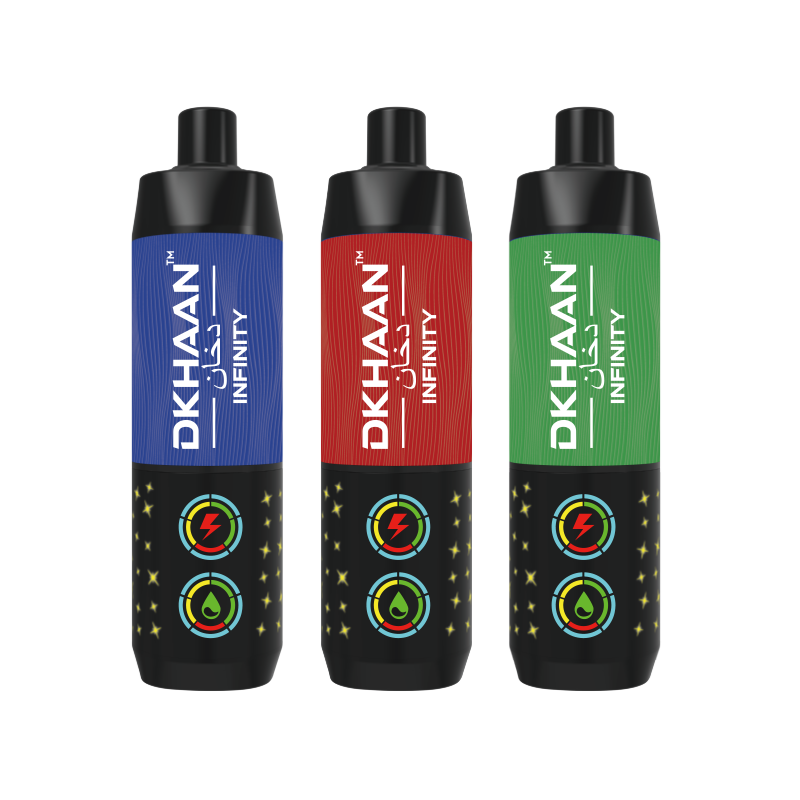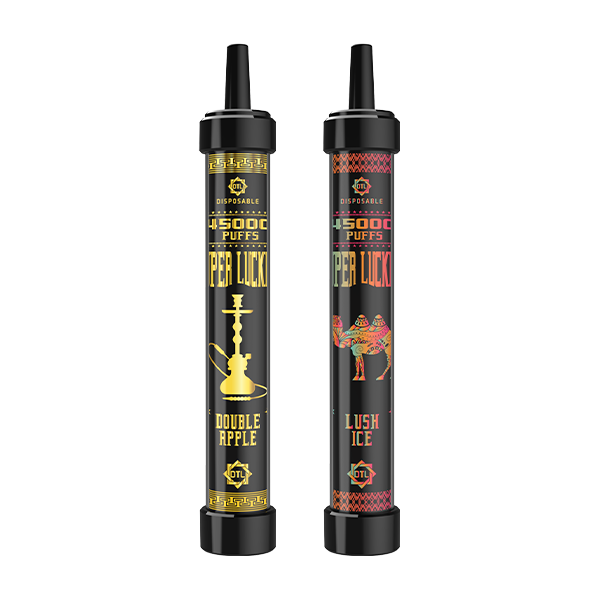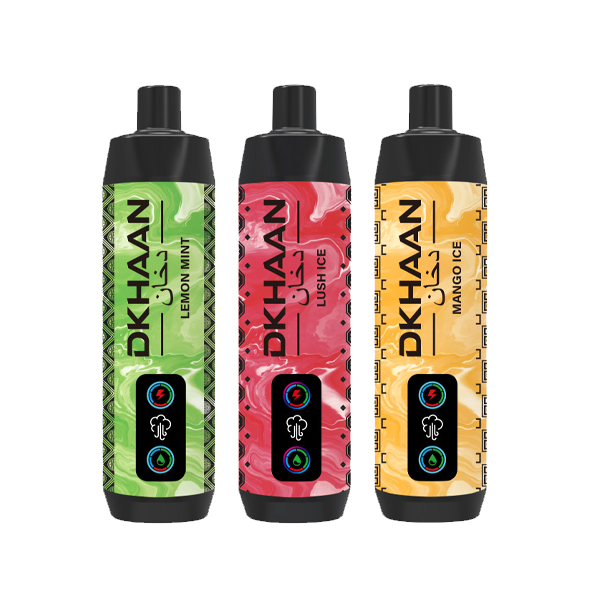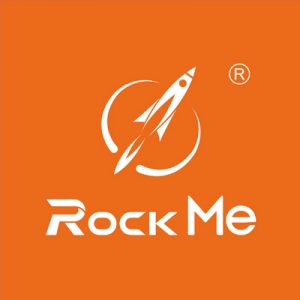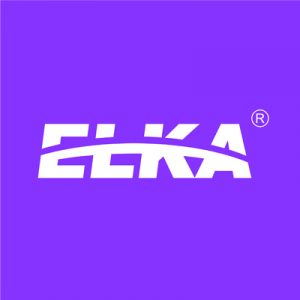What Are E-Cigarettes, Vapes, and Other Electronic Nicotine Delivery Systems (ENDS)?
Electronic Nicotine Delivery Systems (ENDS) refer to a broad category of tobacco products that includes vapes, vaporizers, vape pens, e-cigarettes (also called e-cigs), e-cigars, e-pipes, and hookah pens. These are all devices designed to deliver nicotine to users in aerosol form.
Most ENDS products work by heating a liquid solution, commonly called e-liquid or vape juice, which typically contains nicotine extracted from tobacco, along with flavorings, propylene glycol, vegetable glycerin, and various other additives. The heating process turns the liquid into an aerosol (often mistakenly called “vapor”), which the user then inhales.
ENDS come in many shapes and sizes. Some are designed to look like traditional cigarettes, cigars, or pipes, while others are shaped more like pens or USB flash drives, offering a sleek and discreet appearance. Larger devices—often referred to as “tanks” or “mods”—can look more like tech gadgets than tobacco products and are typically customizable.
These products can be either reusable—with refillable cartridges and rechargeable batteries—or single-use disposables, meant to be discarded after one cycle of use.
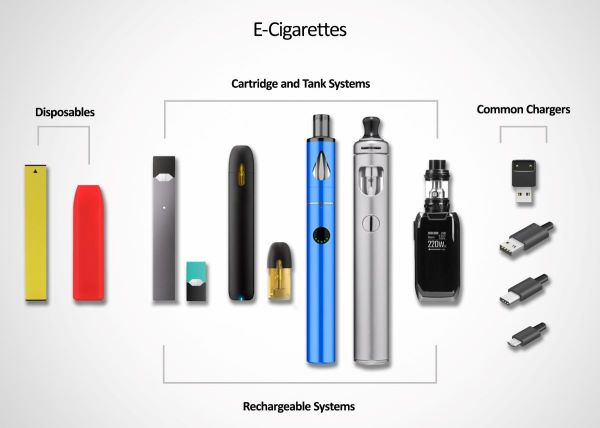
What You Should Know About E-Cigarettes, Vapes, and Other ENDS Products
Understanding Health and Safety Concerns
As electronic nicotine delivery systems (ENDS)—including vapes, e-cigarettes, and similar devices—remain on the market longer, scientists and regulators continue to learn more about their health impacts. One area of concern is youth usage, which has prompted the development of numerous educational campaigns aimed at preventing tobacco initiation among adolescents and teens.
Through adverse experience reports and product violation submissions, the FDA has also gained deeper insight into the potential dangers posed by these products, helping inform public health actions.

Are E-Cigarettes Really a Safer Option?
For adult smokers, switching entirely from cigarettes to e-cigarettes may lower exposure to harmful substances found in combustible tobacco. However, using e-cigarettes is not without risk. These products still deliver nicotine, which is highly addictive, along with toxic chemicals that may harm the body.
Critically, dual use—smoking cigarettes and using e-cigarettes at the same time—can be just as harmful as smoking alone. To realize any benefit, smokers must fully transition away from cigarettes.
So far, the FDA has authorized 39 tobacco- and menthol-flavored e-cigarette products and devices, following extensive scientific reviews. But the agency maintains that no tobacco product is safe, and non-users should not start using e-cigarettes for any reason.
For more insights, visit FDA’s webpage on the Relative Risks of Tobacco Products.
Youth Vaping and Prevention Strategies
The FDA continues to track national usage rates through annual surveys, and data show e-cigarette use among youth remains high. In response, the agency has prioritized prevention through education, regulation, and enforcement.
To support these efforts, the FDA created Resources for Professionals About Vaping & E-Cigarettes—a free toolkit offering fast facts and guidance for teachers, counselors, and youth advocates. The toolkit helps adults identify vaping trends and support prevention conversations with young people.
“The Real Cost” Campaign
Launched by the FDA, “The Real Cost” is an award-winning public education initiative targeting teen tobacco use. Since 2017, the campaign has focused on e-cigarette prevention, using powerful messaging to highlight the health risks of vaping and smoking.
Education Materials for Teachers, Parents, and Teens
The FDA Tobacco Education Resource Library, developed by the Center for Tobacco Products (CTP), offers a wide range of free digital and print resources for use in schools, community groups, and public health organizations.
It includes the Vaping Prevention and Education Resource Center, which provides:
Age-appropriate, science-based materials for classroom use
Cross-curricular lesson plans aligned with education standards
Easy-to-use content for parents and teens
Tools to start meaningful discussions about nicotine addiction and vaping risks
All materials are free and designed for different audiences.
Known Safety Issues and How to Report Them
ENDS devices—including e-cigarettes—can pose serious safety hazards, including:
Overheating, battery fires, and explosions
Lung injuries
Seizures and other neurological symptoms
These risks can harm users and those around them, especially in dangerous environments (e.g., near oxygen tanks, gas pumps, or while driving).
If you experience any health problems or product defects related to an ENDS device, you can report it to the FDA’s Tobacco Product Problem Reports page. These reports help identify patterns and improve consumer safety.
You can also report suspected violations, such as sales to minors or noncompliance with FDA tobacco regulations.
Safe Disposal of Vaping Devices
E-cigarettes should not be thrown in regular trash or recycling bins. Instead, the U.S. Environmental Protection Agency (EPA) advises:
Take e-cigarettes to a hazardous waste collection site
Follow local guidelines for safe and environmentally responsible disposal
The EPA also offers a printable fact sheet for proper disposal instructions.
If You Manufacture or Import ENDS Products
If you make, alter, mix, assemble, label, relabel, or import e-cigarettes or related products, you are legally considered a tobacco product manufacturer and must follow FDA regulations. This includes:
E-liquids
Cartridges and containers
Atomizers, clearomizers, and cartomizers
Batteries and display screens
Tank systems and drip tips
Flavorings and software for ENDS devices
Note: Products marketed as smoking cessation aids fall under the jurisdiction of the FDA Center for Drug Evaluation and Research (CDER) and are regulated differently.
For small businesses, the CTP’s Office of Small Business Assistance provides tailored guidance, support resources, and help with understanding federal requirements.
Final Message
While some adult smokers may benefit from switching completely to e-cigarettes, these products still carry health risks. The FDA strongly advises youth, pregnant individuals, and non-smokers to avoid using any form of tobacco or nicotine product. Through prevention, education, and regulation, public health agencies continue working to reduce tobacco-related harm across all communities.

